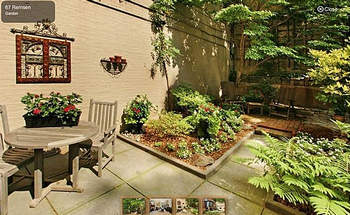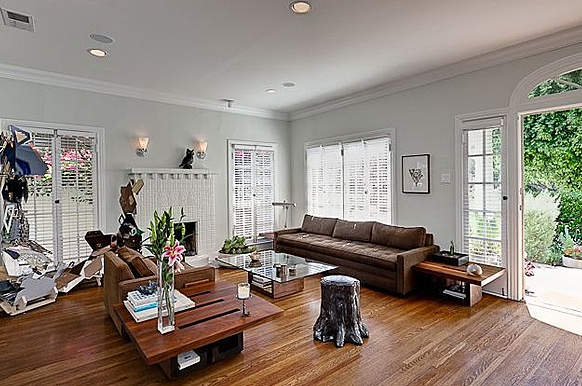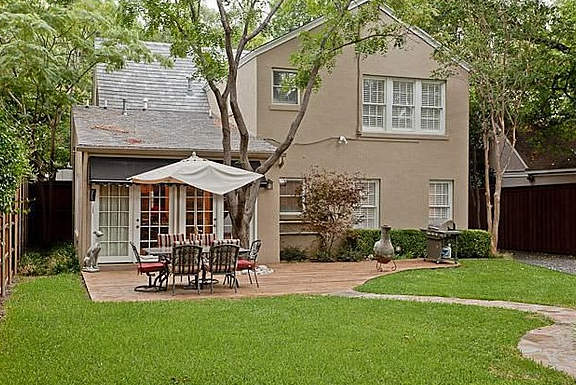Humorist Fran Lebowitz once wrote,
“The outdoors is what you have to go through to get from the apartment into the taxi.”
But she’s an exception. When considering a new property, nearly every home buyer considers the outdoors in some way as a requirement for a property they’re considering.
If the buyer is looking for a home in the suburbs, they want to know about the size of the lot, access to the yard, whether or not there’s a pool, or the location of the lot in relation to the neighborhood.
Some buyers love properties on corner lots; others, not so much. In more urban areas, buyers want to know if a property has any outdoor space at all and, if not, where is the nearest park?
Big cities, small spaces
Just having some outdoor access doesn’t always do the trick, either, unless you’re in a large city like New York, where private outdoor space is few and far between and therefore something to be coveted. New York City apartments with a deeded, usable outdoor space often sell for 20 to 30 percent more than the same apartment without the highly sought-after outdoor access.
The key word when identifying the value of outdoor space is “usable.” Having usable — easily accessible — outdoor space from the house that can be enjoyed most of the year definitely helps sell a property. This is why, if you’re a seller and you’ve got the goods, you should make the extra effort to showcase your deck, yard or patio.
If you have outdoor space but it’s detached from the property — like a backyard one floor below a condo, to which you have rights but no easy access — you should still point it out to potential buyers. Just realize that they aren’t likely to pay as much for your place as they might for a similarly configured and priced property that offers direct, easy outdoor access.
Living room or great room that opens to outdoors? Jackpot!
Some of the most valuable outdoor spaces are in areas accessible directly from the best parts of the home, usually the kitchen/living area or the great room/media room. These are the places where people tend to hang out the most. Having an outdoor space directly off a communal, desirable part of the house serves as an extension of that living area. And if designed correctly, it will give the inside living area the appearance of more square feet.
If you’re selling and you have this outdoor real estate gold, focus your staging/prepping time on it. Much like giving the front of the home curb appeal, pay extra attention to the outdoor spaces. People love to entertain, especially during the warmer months. So it’s important to show potential buyers how they can live and use this space.
How to highlight your outdoor space
Here are a few things sellers can do to bring out the best in your outdoor space:
Add comfortable-looking, inviting outdoor furniture.
Is your stereo system hooked up to outdoor speakers? If so, be sure to point this out. Play music (softly) outdoors during an open house.
Have a backyard grill? Make sure it’s clean and prominently displayed.
Landscape. Plant flowers, pull weeds, thin out any scraggly trees and bushes, and make sure the grass is freshly mowed.
Consider low-maintenance lawn alternatives. Turf grasses and ground covers can be an easy way to make your lawn more attractive. They’re low-maintenance as well, which many busy professionals today will appreciate. And lawn alternatives can be, ironically, “green” — eliminating the need for herbicides and gas-powered lawnmowers.
This might sound extreme, but you might also consider adding a deck or patio to your backyard if you don’t have one. It’s an investment, to be sure, but one that often pays for itself and then some.
Properties these days take longer to sell, and outdoor space is an asset. Consider it an extension of your home. The nicer it looks, the better the interior of your home will look — and, with luck, the easier your job of selling will be.
Send questions/comments to the editors.





Comments are no longer available on this story